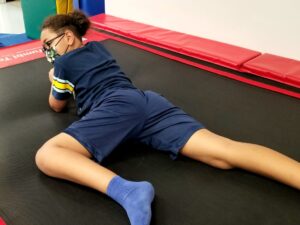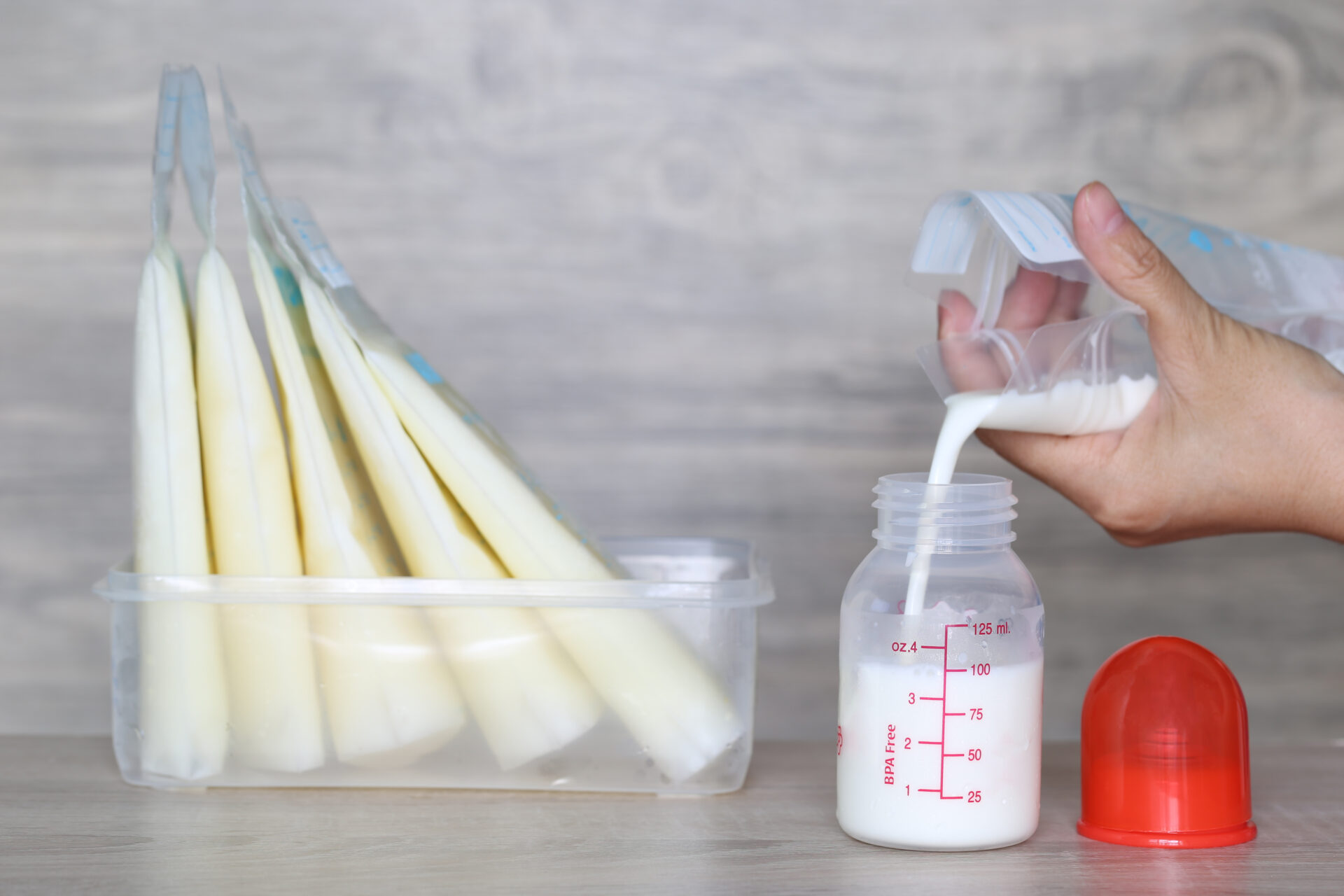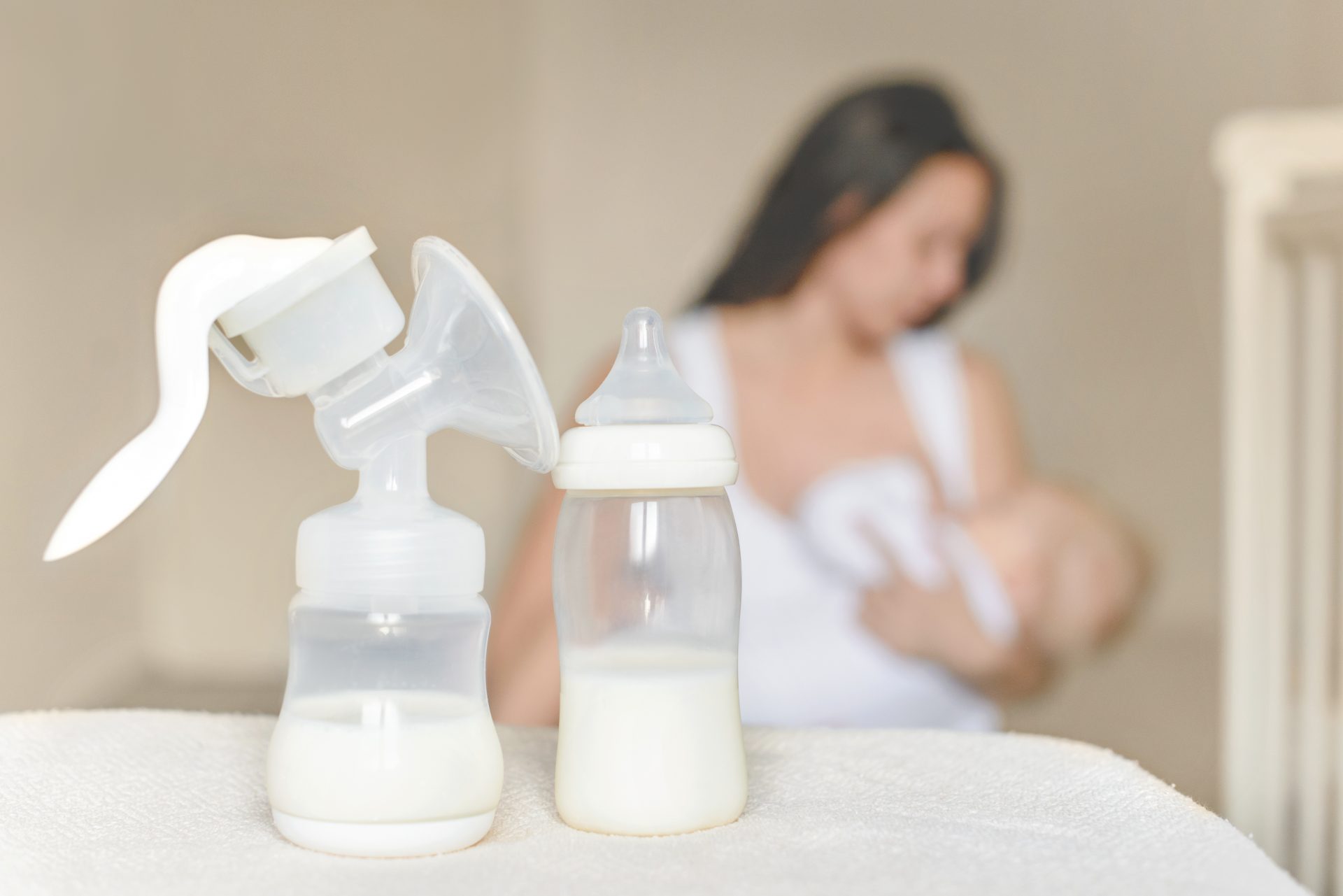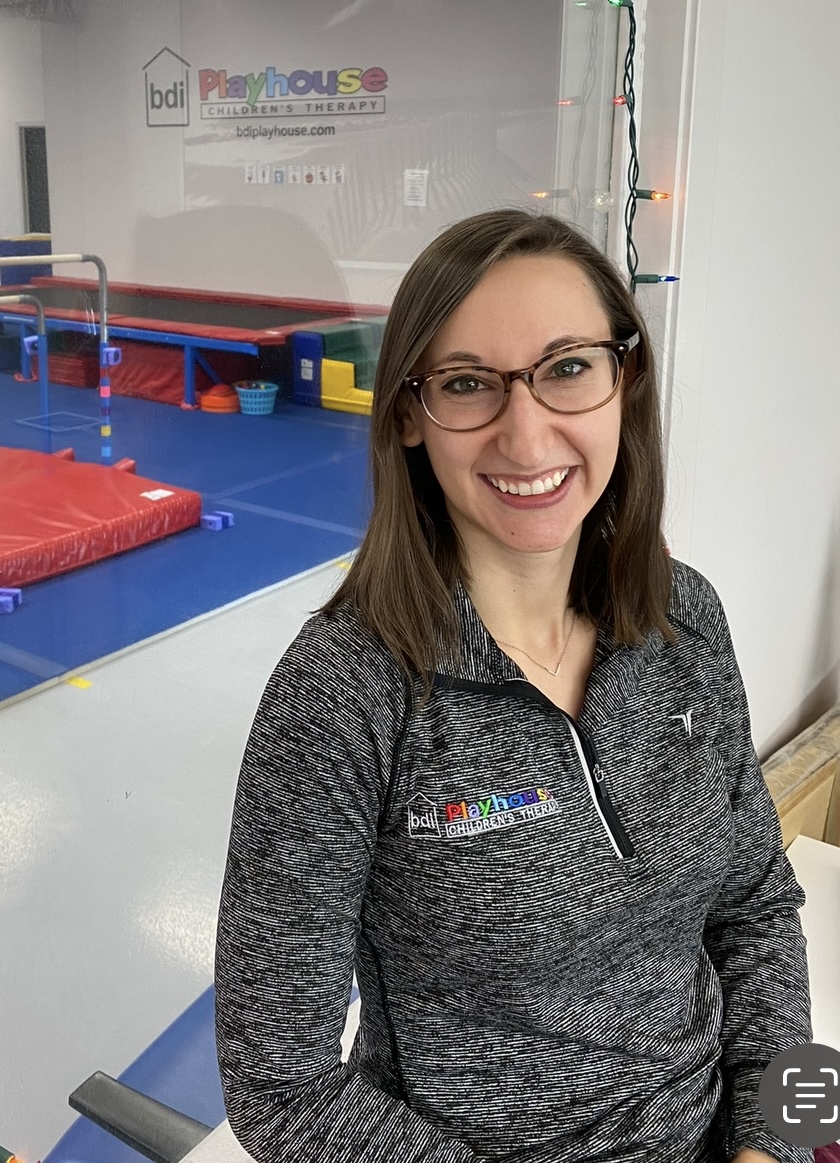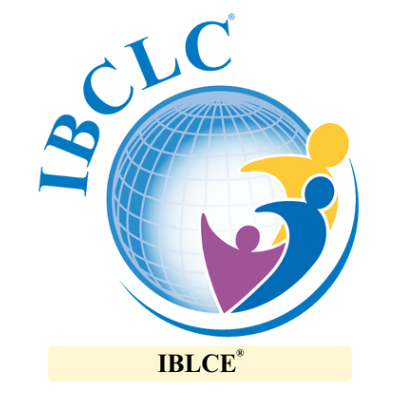Helmet Heads!
Helmet Heads! Shaping Baby Inside and Out
Putting your baby in a helmet is a difficult decision for parents to make, but more often parents are choosing to put one on their baby. Are helmets necessary and why are so many babies wearing them? An explanation of why, when and how little melons are getting shaped by helmets.
A Helmet is Not Just For Vanity!
The Cranial Orthosis (CRO) or helmet does help your baby look their best by giving them a more symmetrical head, eyes, ears and even jaw. But, the CRO does so much more than making pretty babies! The skull holds and protects our baby’s most important organ, the brain. When the skull is misaligned, so is the brain. The helmet allows the skull to serve and protect allowing for the best position and shape for optimal neurological development. Sensory input from the outside world is organized in the brain. For example, if the eyes are misaligned this fires misinformation to the brain which is also misaligned and that is less than ideal for our baby’s development.
Why is Head Shape Important?
A baby’s face, ears, eyes, mouth and head should look symmetrical on both sides. Asymmetry caused by a head tilt (torticollis) or any other asymmetry noted on a baby’s noggin should be evaluated by a pediatric physical therapist. These small asymmetries now can cause big delays later. Gross and fine motor milestones and other coordination skills can be affected down the line, like playing sports, playing instruments or keeping up with their peers.
What is Plagiocephaly and What Causes It?
Plagiocephaly is a term to describe a misaligned head shape. Other names used are brachycephaly and scaphocephaly. Each of these terms describes a particular head shape deficit which is a flattening on one or more sides of the head. Sometimes a bulge is present as bones pushed on one side will cause a protrusion to another.
There are many known and unknown factors that can cause a misalignment of cranial bone plates. Here are some known reasons:
- Lack of Tummy Time: Back to sleep and tummy to play! Tummy time will reduce the risk of flat spots.
- Torticollis: A preference to turn to one side can cause a flat spot. Increased tummy time is recommended for torticollis.
- Sleep Preference: “Back to sleep” campaign to reduce Sudden Infant Death Syndrome (SIDS) has been successful at saving lives but has caused an increase in flat heads.
- Containers: Too much time in car seats, bouncy seats, or other soft bottom containers restrict babies ability to turn and move naturally.
- Medical Conditions: Premature or medically fragile infants required to spend more time in certain positions early on for their safety.
- Multiples or Intrauterine Constraint: Inability to move in the mother’s womb can cause muscle imbalances during development.
When Is the Best Time to Get a Helmet?
Baby’s head doubles in size within the first year! Ideally, it is recommended that a baby has a helmet between 3-6 months of age. Sometimes it is recommended earlier than 3 months depending on the child. Typically, the earlier the helmet goes on the less time they have to wear it due to the speed of head growth in the first few months. A helmet may not be recommended after 12 months because the head growth slows down which in turn slows down the changes the helmet can make. Physical Therapy is recommended before, during and after helmet treatment for exercises, positional changes and stretches can improve asymmetries and progress motor skills.
Parents Don’t Regret Getting a Helmet but Do Regret Not Getting One
This is a common phrase physical therapists hear from parents. Parents often forget their baby had a helmet until they look at old pictures because it is on and off so fast. Baby helmets have a small window of opportunity to make big changes that will last a lifetime!
Be sure to ask your PT who they recommend to evaluate and be fitted for a custom cranial orthosis. Schedule a free screening with a physical therapist at BDI Playhouse if you have any questions about the shape of your baby’s head!
Written By: Dana Bukala, PTA




